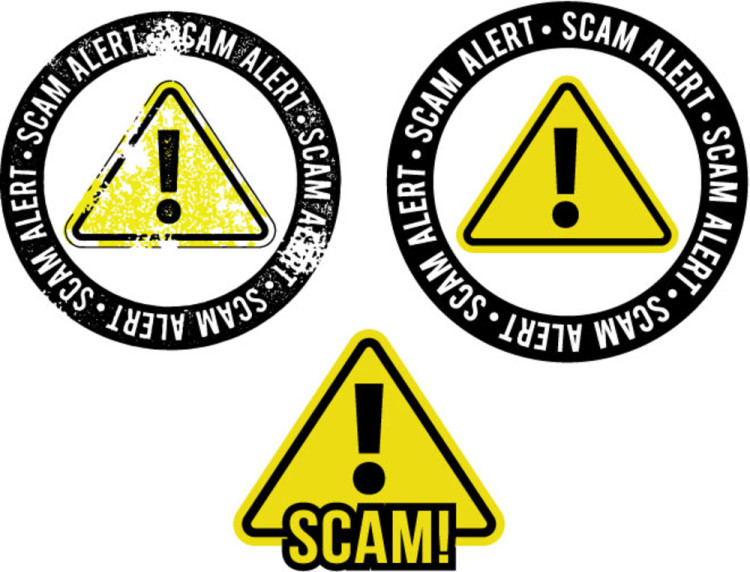Bloomberg Business: Standard & Poor’s Is Sorry About That Credit Crisis: Matt Levine

Copyright 2015 Bloomberg.
NJ80906KLVRQ
(Bloomberg View) — Here’s how much money Standard & Poor’s has made rating bonds for the last few years:
What does that chart tell you? Not much, right? S&P made a lot of money rating stuff before the credit crisis. Then a credit crisis happened, and it had less stuff to rate. Then, you know, stuff came back to be rated, and there S&P was to rate it. Now it’s rating as much stuff as it was back in the pre-crisis glory days of rating stuff. It’s a pretty boring story.
Here’s another story about S&P:Our suit alleged that, from at least 2004 until 2007, S&P engaged in a scheme to defraud investors by knowingly issuing inflated credit ratings for CDOs that misrepresented their creditworthiness and understated their risks — ultimately causing investors, including many federally-insured financial institutions, to lose billions of dollars. At the time, S&P claimed that its ratings were independent, objective, and not influenced by the company’s relationship with the issuers who hired S&P to rate the securities in question. In reality, the ratings were affected by significant conflicts of interest, and S&P was driven by its desire for increased profits and market share to favor the interests of issuers over investors. That’s the story that Eric Holder told today in announcing a $1.5 billion Justice Department-led settlement with S&P for mis-rating mortgages in the lead-up to the financial crisis. He also said that the settlement “makes clear that this kind of conduct will never be tolerated by the Department of Justice.” This is a somewhat weird thing to say, since two weeks ago the Securities and Exchange Commission fined S&P $58 million for an assortment of post-crisis mortgage-rating misdeeds that pretty much come down to being “driven by its desire for increased profits and market share to favor the interests of issuers over investors.” The Justice Department doesn’t seem to have been involved in that one.
Here’s today’s settlement agreement, and the Statement of Facts. Like that chart, they tell a boring story. S&P advertised objectivity. But it “toned down and slowed down” the roll-out of a new version of its collateralized debt obligation rating model “pending further measures to deal with such negative results” as losing “potential business opportunities” from investment banks that underwrote CDOs. And it took its time downgrading subprime residential mortgage-backed securities “becasue of concern that S&P’s rating business would be negatively affected if S&P were to announce severe downgrades.” Here is the complaint that the Department of Justice originally filed two years ago. It is a considerably longer — 119 pages, versus 5 for today’s Statement of Facts — and more entertaining document.
For instance: An explanation of the new approach compared the business- friendly matrices to coins in a coin toss: if one matrix that was “great for business” turned out not to be “plausible,” S&P could just select another “business friendly” matrix, just as if flipping a different coin, until it found a result that was both “business friendly” and “plausible.” The presentation added: “In contrast, our old methodology gave us one single ‘best coin’ that is data driven. But if it turns out to be business unfriendly, we are stuck.”
The Statement of Facts tosses all of that color, in exchange, I suppose, for S&P very specifically disavowing its claims that the Justice Department’s lawsuit was brought in retaliation for S&P’s downgrade of the U.S.
I guess one obvious question to ask is, if S&P’s core business of rating securities was for three critical years “a scheme to defraud investors,” why is S&P still rating securities? Not as a regulatory matter, I mean; as a market one. If investors were defrauded, why are they still persuaded by S&P ratings? And if they’re not persuaded, why are issuers still paying for those ratings? At least in theory, there’s a market- reputational enforcement mechanism for credit ratings: If everyone knows your ratings are a lie, then they won’t trust them, and the ratings won’t be worth anything to issuers.
I think the answer to that question starts with S&P’s defense, which glories in the name “puffery.” Everyone knew, asserted S&P, that when it said that business considerations never entered into ratings, what it meant is that business considerations don’t enter into ratings to an excessive degree, in its judgment, most of the time. You know how it is. Obviously business considerations enter into ratings! S&P is in the business of selling ratings, of convincing the market that its ratings are useful. That is a necessarily market-driven activity. If sellers want to sell a thing, and buyers want to buy the thing, and you refuse to give it the rating that the sellers and buyers want, then they will find someone else to rate it.
The answer continues with the fact that a lot of those defrauded investors were, um, also defrauding issuers? The Justice Department lawsuit accused S&P of defrauding the banks who bought collateralized-debt obligations. But many of those banks — the named victims in the complaint — were also the issuers or underwriters of those CDOs. The banks defrauded themselves, with the help of S&P, seems to be the Justice Department’s theory.
It’s a perfectly sensible theory! The banks wanted to buy things with AAA ratings and high yields. To do that, the theory goes, they convinced S&P to give AAA ratings to high-yielding risky things. And then they sold those things to themselves, and to other investors who wanted high-yielding risky things but who were constrained by law, regulation, mandates, etc. to require high ratings. Neither the buyer nor the seller would be happy if S&P insisted on intellectual honesty at the expense of optimistic ratings. Everyone was happy to buy into the optimism.
As this National Bureau of Economic Research paper puts it:
The increasing reliance on ratings in order to risk weight assets for prudential regulation purposes increased the demand for “safe” assets – assets that met regulators standards. … Our model suggests that investors in this restricted class would have been interested in holding riskier securities that passed the threshold because they would provide ex-post higher returns. The experience of 2007-2009 suggests that restricted investors continued to invest in the claims rated inaccurately even after it became clear to them that some ratings did not perform as expected.
The experience of that revenue chart suggests the same: S&P served a useful function, though not a pristine one. Its job was to get paper out the door and into the hands of people who wanted to be told that it was safe, whatever their private beliefs about its safety. That function was well enough understood by most of its actual users, who don’t seem to hold it against S&P that it failed to live up to its self-imposed, puffy standards.
But the Justice Department does. And that seems fine. Helping a bank defraud itself really is, you know, not great. As long as S&P has the power to put a semi-official stamp of approval on a bond, someone ought to be holding it accountable for the quality of that approval. And as long as it has that power, the market won’t be holding it accountable.
Source: For fiscal 2009-2014, I’ve used Bloomberg data for revenue in the S&P Ratings segment of McGraw Hill Financial Inc. (For 2014, the company has not yet reported fourth-quarter data, so the blue bar is just the first three quarters; I’ve added a gray bar equal to last year’s fourth-quarter revenue. Note each other quarter this year has improved over the prior year’s quarter.) For fiscal 2007 and 2008, I’ve used McGraw-Hill Companies earnings releases, which broke out Standard & Poor’s Credit Market Services, a possibly not-quite-comparable segment. For 2006 I extrapolated back from the 2007 press release, since the 2006 one breaks out only Financial Services. Depends how you count, but it’s not interesting. The big settlement is $1.375 billion, half to the federal government and half “divided among the 19 states and the District of Columbia” that sued. There’s a separate $125 million settlement with Calpers, though Calpers will end up with $301 million because it’s getting a piece of California’s piece of the big settlement. The Statement of Facts ends: S&P has reviewed the voluminous discovery provided to S&P by the United States to date, and acknowledges that this discovery does not support its allegation that the United States’ FIRREA complaint against S&P was filed in retaliation for S&P’s 2011 decisions to place on credit watch negative and subsequently downgrade the credit rating of the United States. Accordingly, in conjunction with this settlement, S&P is withdrawing that allegation. I love that the discovery’s voluminous-ness is a stipulated fact. Indeed, one objection in the original complaint was that S&P reviewed its criteria with investors. You’d think reviewing criteria with investors would be good, or at least indicate that you’re not defrauding them. But investors didn’t want S&P to be un-commercial any more than issuers did. Previously discussed here. To contact the author on this story: Matt Levine at mlevine51@bloomberg.net To contact the editor on this story: Zara Kessler at zkessler@bloomberg.net
For more columns from Bloomberg View, visit http://www.bloomberg.com/view







No Comment